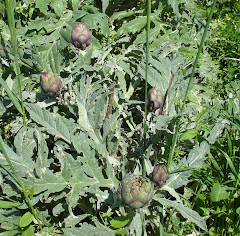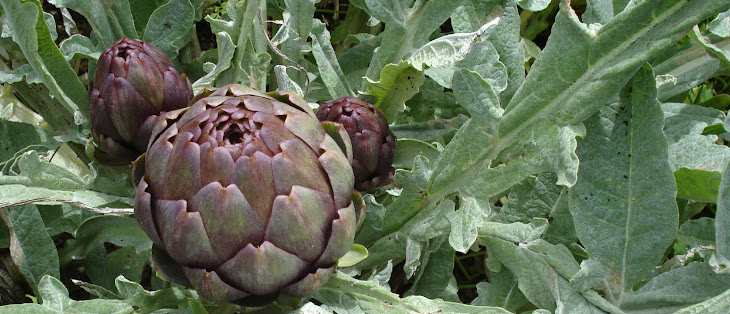From now until January, depending on the variety, is the time when the ripe black olives are harvested for oil. Sixty or seventy years ago there were three olive mills in our village, one of these in the same place as our house, and other villages would have had their own mills. But gradually these closed and in recent years the nearest mill has been the cooperative at Clermont-l’Hérault, about 25 kilometres away – quite a long way to transport small harvests of olives. Now, though, we have an olive mill in the village, Le Moulin de Casso, opened last week by three local olive growers to press their own olives and those of other growers in the area.
We visited the mill today and saw the brand-new machinery working, olives being delivered for pressing and people picking up their oil after pressing. It’s very exciting to see it all. We tasted two different oils, one unfiltered with a wonderful strong taste and another filtered one with a slightly more delicate taste. The mill isn’t yet registered to sell oil so we shall have to wait until next year to buy this local oil.
 The approach to the mill, lined with olive trees, and with a view of the village in the background. |
 |  The waste pulp from which the oil has been removed is piped outside. |
There was a wonderful smell of olives and olive oil in mill. It seems very popular as many local olive growers have already started bringing their olives here for pressing. It takes a tonne of olives to produce 110 to 120 litres of oil, depending on the variety, and this takes a day to process.
Last year in November I posted an ‘Olive Week’ series and I wrote about the olive mill we visited at St-André-de-Sangonis – here – le Moulin de Casso isn’t as big, yet, but it’s very exciting to have it here in the village.
My other Olive Week posts were about the origins and history of the olive tree and wood, oil and war, on the products and uses of the olive tree and, finally, they way in which the trees are destroyed in Palestine by the Israeli army as a way of suppressing the Palestinian people, something which still continues, tragically.












4 comments:
This is fascinating. I will go back and read more from your previous blog posts when I'm not so tired but this was really interesting.
Thanks for the pointer on the recipe. I'm now following the blog you linked to. You may see the results on my blog at the weekend ;-)
It's great to hear that something old in concept has come back to your village, it just goes to show that there's still people with a bit of vision around! Wishing them all success!
Oh my! this is going to be a favorite site. Olives and extra virgin olive oil, we would not be without. So happy to have found your blog. Diana
Fascinating. I had never really thought about the process of making olive oil, so it's great to see it :-)
Post a Comment